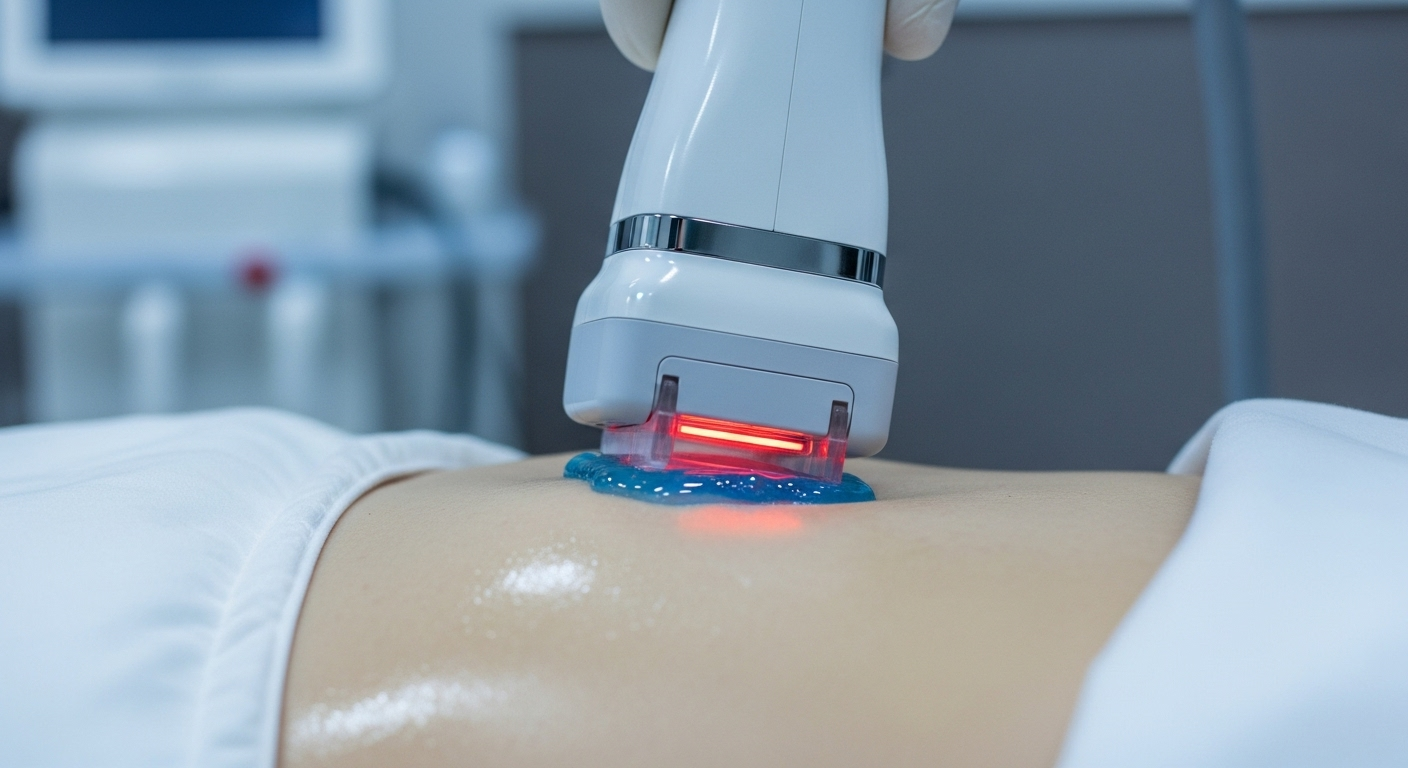Safe and Effective Options for Tattoo Removal
Tattoo removal refers to processes designed to remove or significantly fade unwanted ink from the skin. Common methods include laser removal, surgical excision, and dermabrasion. Of these, laser treatment is widely used for its precision and minimal scarring. Multiple sessions are often required to achieve noticeable fading, with healing time between sessions built into the protocol.

How Do Tattoo Removal Techniques Actually Work?
Tattoo removal is a complex process that involves breaking down ink pigments embedded in the skin. The most common and effective method is laser tattoo removal, which uses targeted light energy to fragment tattoo pigments. Specialized lasers emit pulses that penetrate the skin, causing the ink particles to break into smaller fragments that the body’s immune system can naturally eliminate.
Different types of lasers work best for specific ink colors. For instance, Q-switched lasers are particularly effective for dark and black inks, while multi-wavelength lasers can address a broader spectrum of colors. The laser’s wavelength is carefully selected to match the specific pigment, ensuring maximum effectiveness and minimal skin damage.
What to Expect: Session Count and Healing Process
Tattoo removal is rarely a one-time procedure. Most individuals require multiple sessions, typically ranging from 6 to 12 treatments, depending on factors like tattoo size, ink depth, color complexity, and individual skin characteristics. Each session is usually spaced 6-8 weeks apart, allowing the body time to process broken ink particles and heal.
The healing process involves gradual fading and potential temporary side effects. Immediately after treatment, patients might experience redness, slight swelling, and minor discomfort similar to a mild sunburn. Complete healing between sessions is crucial, with patients advised to follow strict aftercare instructions, including keeping the treated area clean and protected from direct sunlight.
Sensations and Potential Side Effects During Removal
Tattoo removal treatments can produce varying sensations. Many patients describe the laser pulses as feeling like quick, sharp snaps against the skin, often compared to a rubber band’s quick strike. While uncomfortable, most find the sensation tolerable, especially with available numbing options like topical anesthetics or cooling techniques.
Potential side effects include temporary skin discoloration, mild blistering, and rare instances of scarring. Some individuals might experience hyperpigmentation (darkening) or hypopigmentation (lightening) of the treated area. These effects are typically temporary and can be minimized by choosing an experienced, qualified professional.
Comprehensive Tattoo Removal Provider Comparison
| Provider | Laser Technology | Average Sessions | Estimated Cost Range |
|---|---|---|---|
| LaserAway | Q-Switched Nd:YAG | 6-10 | $200-$500 per session |
| Removery | PicoSure Technology | 5-8 | $250-$750 per session |
| FADE Laser Tattoo Removal | Multi-Wavelength | 6-12 | $150-$600 per session |
Prices, rates, or cost estimates mentioned in this article are based on the latest available information but may change over time. Independent research is advised before making financial decisions.
Choosing the Right Removal Option
Selecting the appropriate tattoo removal method requires careful consideration. Factors like skin type, tattoo characteristics, and personal health history play significant roles. Consulting with a certified dermatologist or specialized tattoo removal professional can provide personalized guidance tailored to your specific situation.
While complete tattoo removal isn’t always guaranteed, modern techniques offer significant improvement and substantial fading. Patience, realistic expectations, and proper aftercare are key to achieving the best possible results.
Disclaimer: This article is for informational purposes only and should not be considered medical advice. Please consult a qualified healthcare professional for personalized guidance and treatment.




